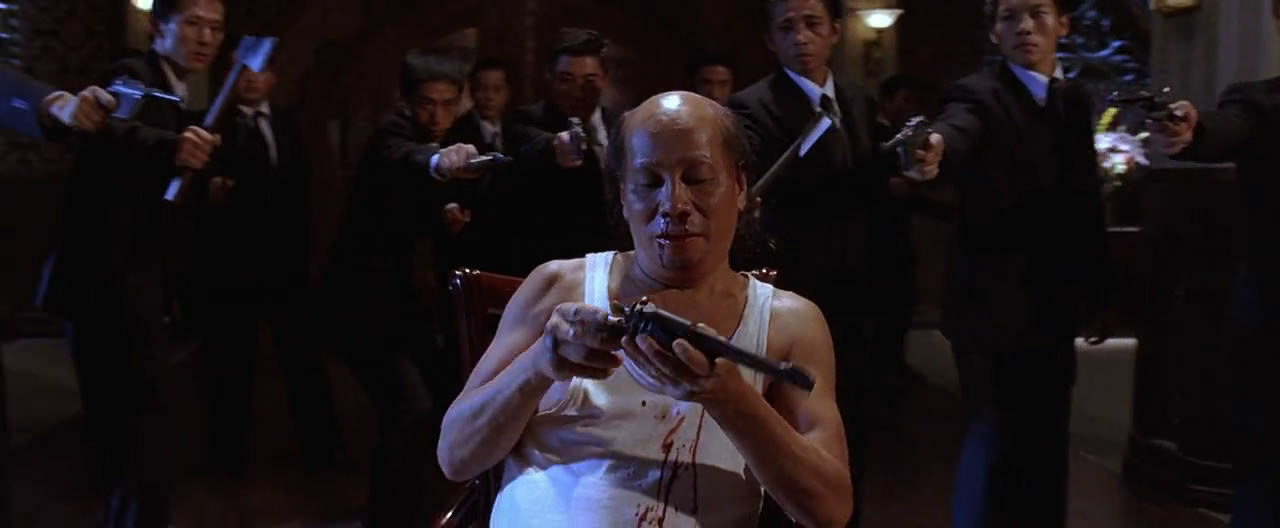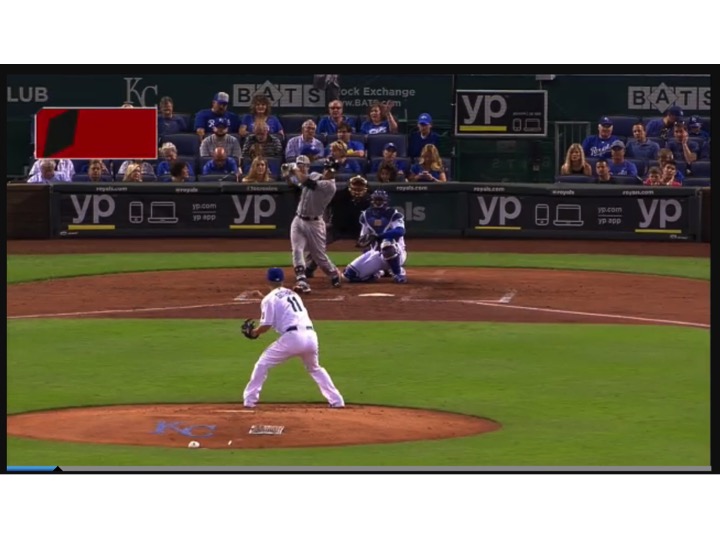.
James today pointed out it was weird for the majors to have five (5) players with >40 homers and <99 RBI. It never happened in baseball history until 1957; in fact in the 1930's, 40-homer men averaged (!) 163 RBI apiece.
40 homers and 99 RBI had happened only 16 times in history before last year, but here we were watching Nelson Cruz, Bryce Harper, Mike Trout, Albert Pujols, and Carlos Gonzalez all do it together.
The problem wasn't that Nelson Cruz was an overrated slugger, any more than Harper and Trout are. It's the disappearance of the tablesetter. There used to be all kinds of guys who batted .300 with no power at all, but in the 2010's there have only been 12 players who did it. The disappearance of Rod Carew and Ichiro, says James.
....
He outlines the concepts of Launch Speed vs. Through Speed, although he doesn't call them that. As you know, the two things compete against each other. In Tao of Jeet Kune Do, Bruce Lee states that a boxer must move the dial as far towards "launch speed" as he can without "flickiness." Meaning, what is the minimum power required to get the job done? Set your tradeoff there, because In The World of Kung Fu, Speed Determines The Winner
.
.
James argues that in 1915, a full 100% of players believed in launch speed. But in 1925, after the Babe, it was only 90% who did. Then in 1935, it was 80-20, etc ... "we have now reached the point at which 100% of the ballplayer population believes in [throughspeed]."
Read the article if you want the rest; for instance, James further argues that too many .250'ish, 35 homer men in a lineup are redundant, like "three run homers end rallies." But you can never have too many Rod Carews in a lineup.
......
James praises Ichiro to the skies for having a SLOW bat -- great launch, but the drag actually keeps the bat in the zone longer. You can watch this as Ichiro explodes into a swing, but then finishes before the bat even reaches the 1B line. You'll be able to watch for the same thing with Ketel Marte - if his swing gets too long and flowery, he's focusing on the wrong thing. But if he doesn't, maybe he'll be one of the 15 players this decade who bat .300 without power.
Here is a Leonys Martin blossomy swing, showing that when he hits one of his 6 homers/year, he wants it in the second deck, not the first.
But this is about as much 'elan as you're going to see out of a Ketel Marte followthrough.
.
.
If a golfer finished right there, what shot would you have guessed he'd just taken?
......
A final point: James (nicely) implies that he can never get scouts -- baseball people -- to take him seriously on this. Bat speed is throughspeed, they'll say, and that's the end of the discussion. James firmly insists that baseball is skewed, flawed, inefficient when it trades 40% hard-hit balls for 55% solid-hit balls. There's a little bit of a BABIP advantage if you swing hard and two-hop the grounder, but not as much as if you get more line drives. I'll trust him on the math; maybe SABRMatt can counter for us and land his next assistant GM gig with the calculations.
From an aiki standpoint, Dr. D couldn't agree more with James. Quickness is the Golden Theme of sports competition, and Power is important but it is subordinate. Ted Williams' #1 principle was absolutely to be "quick - be QUICK!" at the plate, although Ted and Nelson Cruz can be quick and powerful at the same time.
For all of the M's talk about 99 ways to control the strike zone, you wonder if some of their guys shouldn't just focus more on "quick launch, drag the bat through the zone." Notably their new center fielder.
BABVA,
Dr D


